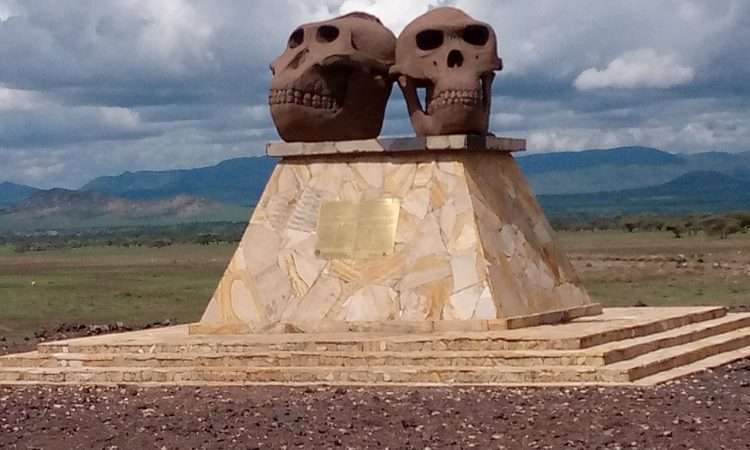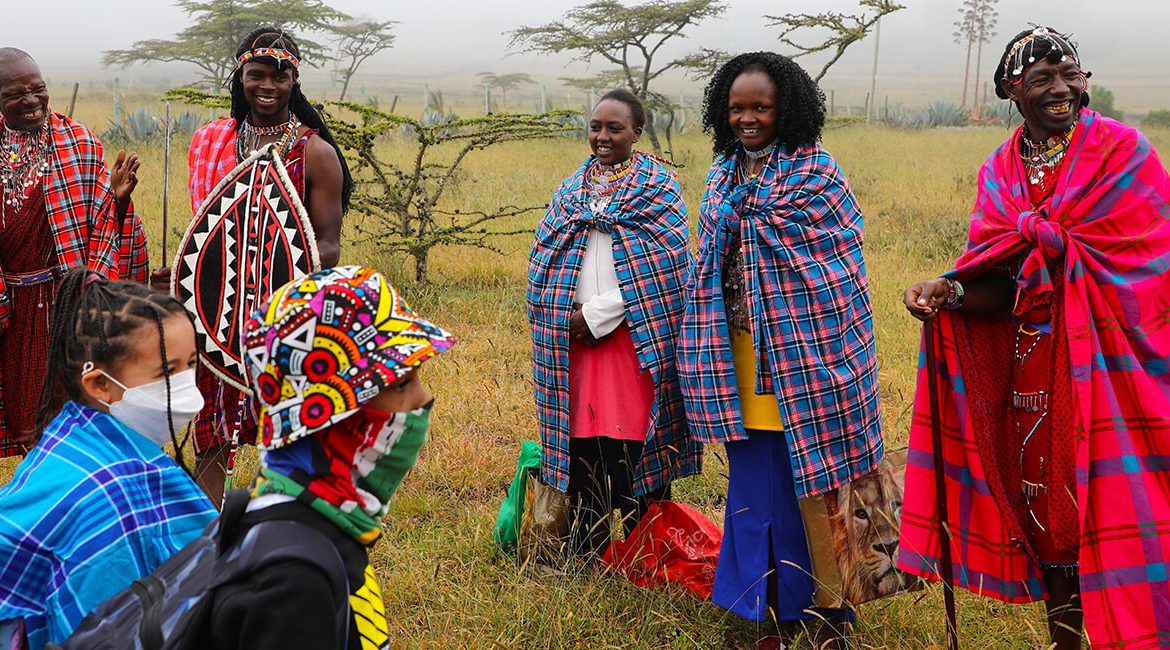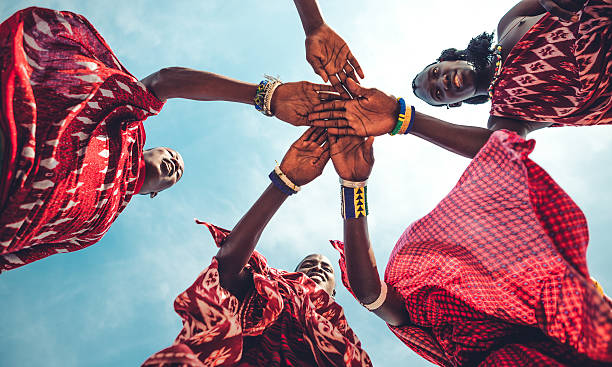This article was published in The Citizen Newspaper – Tanzania on April 18th, 2024.
Globally the world heritage day is marked on 18th of April to celebrate the richness that is found in cultures across the globe. This day is also known as international monuments and sites day.
The global diversity of cultures and heritage makes for an unimaginable learning corpus which no human person can exhaust. As such, a better starting point of discussing appreciation of cultural heritage is appreciation of culture itself.
The physical structures that people build often reflect the values and purposes embedded in their ideas, as well as the nature of their politics, economic thoughts, as well as history. Such structures and objects ought to be carefully preserved in order to ‘tell with life’ the actual stories of the people of their historical times.

An author, Steve Berry once said: ‘A concerted effort to preserve our heritage is a vital link to our cultural, educational, aesthetic, inspirational and economic legacies – all of the things that quite literally make us who we are.’ This is true for us as well.
However, a few questions can be asked here. First, have we invested enough in learning our own culture/cultures and heritage?
Do we have a structure that enables our young people to learn about their culture thoroughly? While being global is important, it is paramount to be local; that is to be deeply rooted in one’s culture. Culture gives us identity as well as form.
Though culture is conceptually different from identity, in general sense it creates a reference image for one’s personal jigsaw upon encountering other cultures. (Cf. Alejandro Grimson, ‘Culture and Identity: two different notions,’ in Journal for the Study of Race, Nation, and Culture, Vo. 16, 2010).
We say culture gives us form, because people of a certain culture reflect the ‘skin’ of that culture, through the perceivable, mobile, and performative expressions of the same. (Craig Campbell, in an article published by Americo Peredes Centre for Cultural Studies, University of Texas at Austin). This tells us the importance of being rooted in our cultures and identifying with one’s cultural heritage.
Today, there are greater risks of missing the possibilities of being deeply connected with the worlds of our cultures because of the influence of popular cultures. This is not all bad. Generations Z and Alpha, when no extra effort is done, may hardly be immersed in their actual cultural reality or find any value in the cultural heritage.
The popular culture (s) (aka pop-culture), according to research often makes an impression of individual cultures as backward and of the past; and no one likes to be seen as left behind.

The popular culture tends to homogenize and manipulate other cultures (cf. John Fiske, Understanding Popular Culture, 2010). This it does by giving shared grounds of unity through shared ideas, thought process, and understanding, whose price is a compromise of cultural values one has known before, which he/she may still be believing in.
While ignorance of other thousands of global cultures is obvious, at least, on its good side, the pop culture creates bridges for meaningful interaction of different cultures.
Being deeply grounded in one’s culture positively affect one’s maturity and sense of judgement and ethics. The latter is what sociologists refer to as ‘Moral Reasoning’, without which a society is not far from producing cultural vagabonds with no sense of self and belonging, and who are blown around by all whims and trends.
While that ideological side is being well-established in the course of growing up, it is also important to learn the material elements of our heritage as a people.
Living here in the Philippines, I would attest, as many foreigners, that the Filipino people are on point regarding preserving their heritage. There are at least 50 popular museums in the Metro Manila area alone; and the National Museum of the Philippines has about 19 different branches all across the Philippines archipelago.
This should strike a note with regards to our preservation of historic, political, archaeological and cultural heritage in our countries.
When the interests to preserve the heritage is wavy and the effort inconsistent, such heritage is prone to being lost and lost forever. Our heritage is not something to be shameful about, as it is the story of our past.
We ought to teach young people to love and cherish our cultural as well as material heritage, among others: our native languages, cultural values, artworks, historical structures (buildings) and sites and history as a whole.
While the theme of this year’s world heritage day calls us to discover and experience diversity, we are only able to appreciate such diversity when we have created a room for our individual cultures and heritages which would then function as the springboard for our ideas and appreciation of other cultures around the world and the heritage of the people in those cultural milieus.
Shimbo Pastory is an advocate for positive social transformation. He writes from Manila, the Philippines. Social media: Shimbo Pastory. Website: www.shimbopastory.com.
